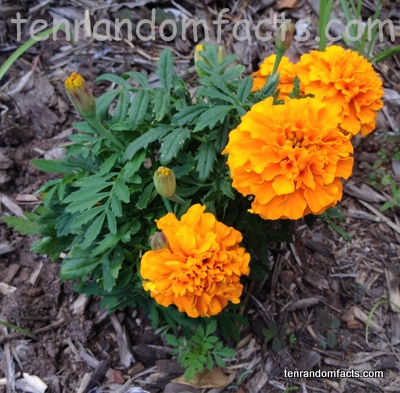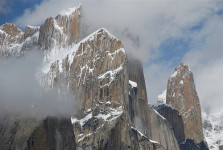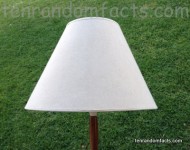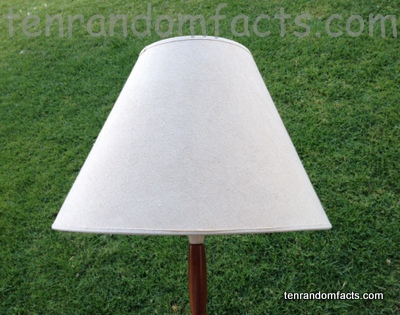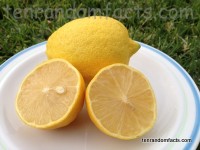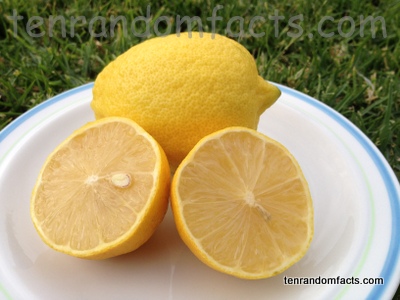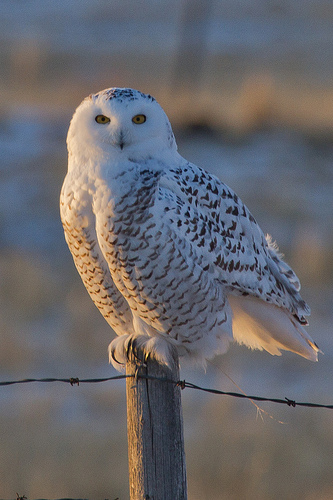
Tagetes are beautiful flowers.
- Tagetes are a group of plants that consists of both annual and perennial plant species, that are native to the Americas.
- Tagetes are commonly called marigolds, although the common name ‘marigold’ is also applied to other plants like Calendula officinalis.
- There are 56 species of Tagetes, that are from the family Asteraceae, the family of sunflowers and daisies, and most have green feather-like foliage.
- Tagetes can grow to be 0.1 to 2.2 metres (0.3 to 7.2 feet) in height, and are easily grown from seed, and they can flower in spring, summer and autumn, depending on the species.
- Tagetes flowers are generally coloured bright orange, gold, white, red and yellow, and they generally have flower heads with a diameter of 4 to 6 centimetres (1.6 to 2.4 inches).
- Tagetes can be used in food flavourings or in tobacco, and can have oil extracted from them, which is called ‘Tagetes oil’, ‘tagette oil’ or ‘marigold oil’, that can be used in perfume.
- Some species of Tagetes contain a natural food colouring, that in some countries is often used in dairy products, sweets, pasta, condiments and juice, among others.
- In some countries, the Tagetes minuta species is classified as an invasive weed.
- Tagetes grow best in full sun, are not very hardy against frosts, and are commonly grown in the garden or in pots to brighten up an area.
- Tagetes mostly fall into four categories: French Marigolds; Mexican Marigolds; Triploids; and Single Marigolds, and there are numerous hybrids in these groups.
Bibliography:
Tagetes, 2014, Wikipedia, http://en.wikipedia.org/wiki/Tagetes
Tagetes spp., 2003, Floridata, http://www.floridata.com/ref/t/tage_spp.cfm




